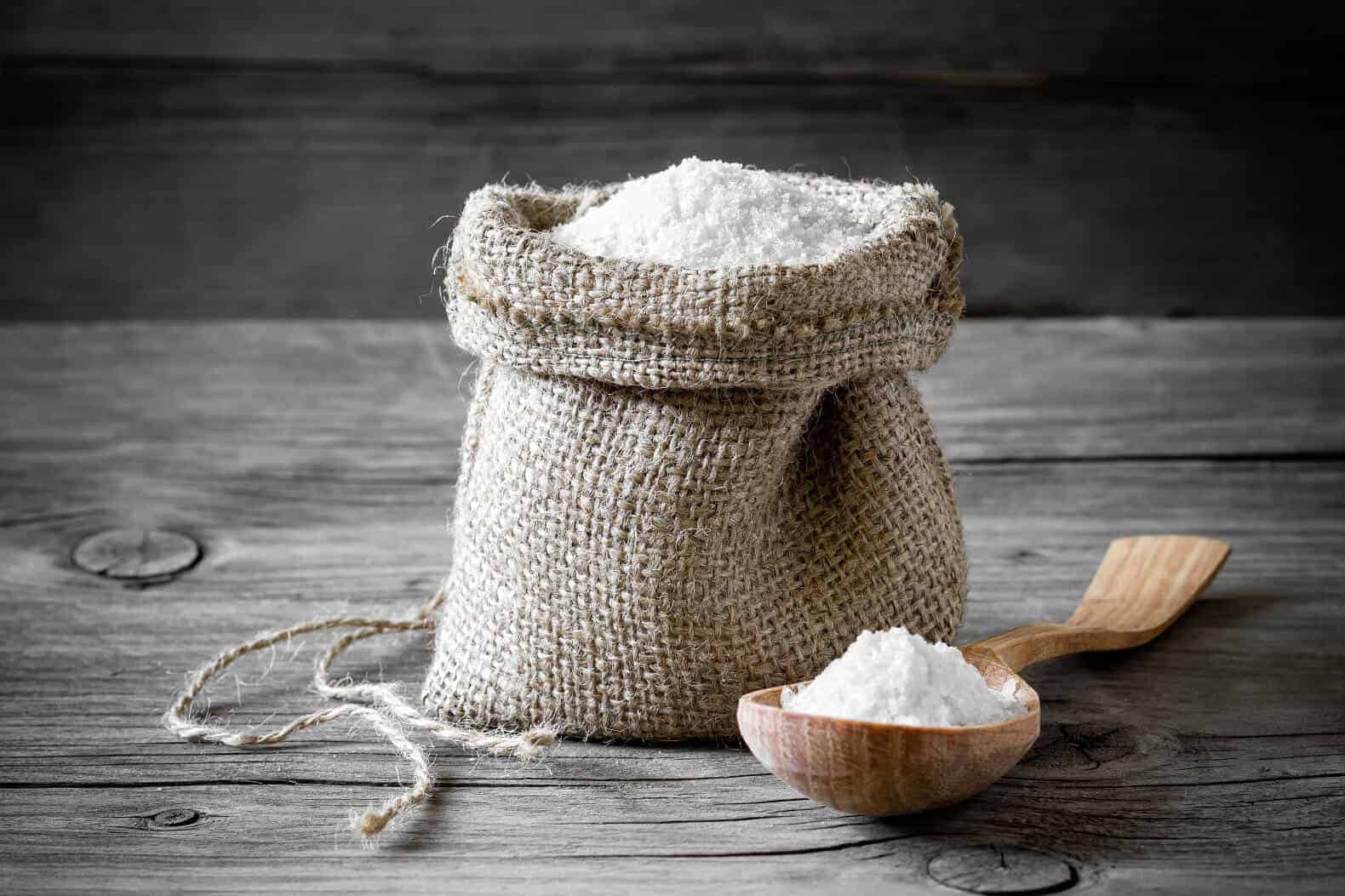Oct 25 - Oct 27, 2024
You Can Heal Childhood PTSD
Reconnect–emotionally and intimately–with your inner femininity.


In this week’s blog, we are going salty. Typical foods in the salty taste category include rock salt, sea salt, vegetables, soy sauce, tamari, black olives, hard cheeses, sea foods and many processed foods. Salt improves the taste of many foods and makes the other five tastes (rasas) more delicious. A great example is the yummy organic chocolate bar, “enhanced with sea salt,” found at supermarket checkout counters. It is an enticing combo of sweet + salty.
The saying “all things in moderation” especially applies to the amount of salt found in the American diet. Many American meals (hamburger + fries + coke) are loaded with salty and sweet at the expense of the other four tastes. A little bit of salty taste may enhance the flavor of a soup, but being as intense as it is, salt can overpower the other flavors entirely.
The salty taste increases salivation while improving food digestion and absorption. Salt supports muscle strength and helps provide essential minerals (sodium and chloride) for electrolyte balance. It helps the body hold water, keeping mucous membranes and other bodily tissues moist. However, salt is not very nutritive by itself. Salt is nourishing to the plasma — that part of the blood that contains the blood cells. It is a liquid quite similar to sea water. The human body itself is about 70% salt water.
Emotionally, salt is grounding and soothing to the nervous system — one reason that the salty taste can become an addiction. It can also help combat dullness, depression and lack of creativity.
Salt is needed in small amounts for all body-mind types — all doshas. However, Vatas benefit most. The salty taste is grounding, moistening and warming for Vata. However, Kaphas beware. Watch out for excess water retention. Pittas have to watch for excessive heat.
Too much salt can also thicken the blood and aggravate high blood pressure. In the extreme, it can even lead to skin conditions, intestinal inflammation, bleeding disorders and vomiting.
Natural mineral salt, or rock salt, is cooling rather than heating. It is far more balancing for Pitta than other forms of salt. It’s mildness and diverse mineral content helps to minimize the potential hazards of excess salt. For these reasons, rock salt is highly regarded in the Ayurvedic tradition and considered to be a superior salt.
When used externally, like in a salt rub, all types of salt help to draw moisture and toxins out of the body.. Salt can also be used medically to reduce swelling and inflammation, or help to heal wounds.
The benefits of salt include enhancing the appetite, stimulating digestion and maintaining proper electrolyte balance. One goal of Ayurvedic cooking is to keep one’s unique combination of doshas in continuous balance. Salt can be balancing (grounding and moistening) for Vata, yet can aggravate Pitta with excess heat. Kaphas should beware of excess fluid retention (edema) and high blood pressure.
Next time you sit down to a meal, ask yourself three questions:
“Am I getting all six tastes in my food?”
“Am I eating the right foods and tastes for my dosha.”
“Have I prepared for my food with gratitude and positive intention?”
Want to learn more about the 6 flavors in Ayurveda? We’ve prepared a Cheat Sheet for finding greater satisfaction in eating & more harmony in the kitchen through Ayurveda:
Review Question: Which dosha benefits most from salt in the diet?
Comments: Please leave your comments on the six tastes in the comment box below.
Interested in learning more about programs at the Art of Living Retreat Center? Check out our annual catalog here.